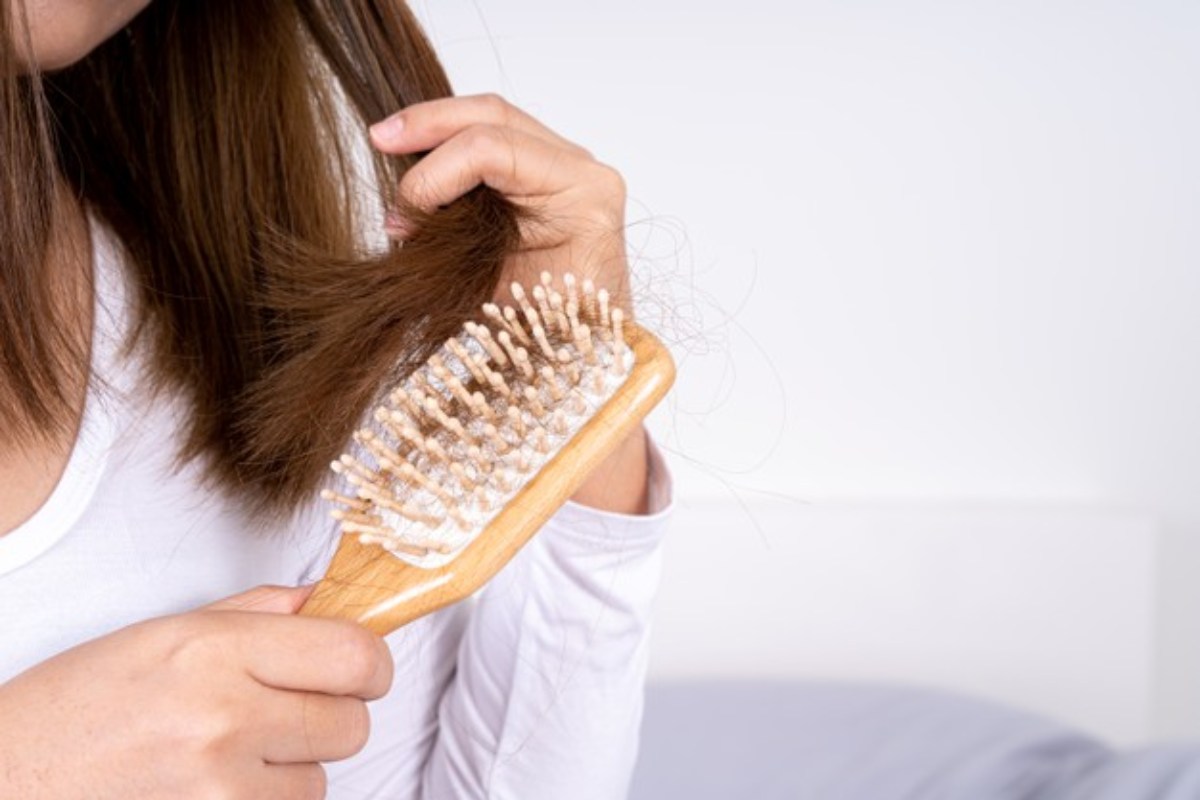Best hair loss treatment for women: Many women are experiencing hair loss but suffer in silence. So, sometimes you find them changing hairstyles to hide the patches or thinning on their head. However, the sooner you seek treatment, the better chance you stand in treating your condition.
Of course, some hair loss is permanent. However, you can always find some medications that would promote the temporary growth of hair.
This article discusses various courses of hair loss in women and how best you can manage or treat hair loss.
First, let’s find more about hair loss.
Table of Contents
What are hair loss, causes, and treatment methods?
Hair loss is a common condition occurring in most people. However, noticeable or excessive hair loss in women can be very distressing compared to hair loss in men. To men, it’s more socially acceptable to be without hair.
So, how can you know that you’re losing hair?
Signs and symptoms of hair loss
It can be hard to account for your hair. However, you should be in a position to know if you’re losing hair if you experience:
- Handfuls of hair– you may experience sudden hair loss when combing or washing your hair. They happen especially after emotional or physical shock/trauma. And they would lead to thinning of hair.
- Overall thinning on top of your head– this is the most common type of hair loss that affects both men and women. While men would see a receding hairline, women would notice a broadening hairline.
- Bald or patchy spots– you may have secular spots that resemble a coin on your scalp, and sometimes your skin would feel itchy or painful skin before the hair falls out.
- Total hair loss– during some medical conditions like cancer chemotherapy, you may lose all your hair at once.
Well, let’s look at some of the types and causes of hair loss in women
Causes of hair loss in women
There are several reasons why women may experience hair loss. Anything from genetic, hormonal changes to medical conditions. Some may be triggered by extreme stress and trauma, or physical and emotional shock. It can sometimes be hard to trace the root cause.
The rate of hair loss in women may differ from person to person. Some may experience gradual, abrupt, temporary, or permanent hair loss, depending on the causes. Here are some of the causes of hair loss in women:
1. Alopecia areata
Alopecia refers to “hair loss.” This type of autoimmune condition triggers the immune system to attack the hair follicles, which then lowers hair production.
You may experience different types of alopecia; for instance, we have:
Cicatricial alopecia– which are conditions that cause irreversible hair loss. You may know if you have this type of alopecia if your hair falls out but don’t grow again. And instead, the hair is replaced with scar tissues.
Androgenetic alopecia- this is female hair loss or baldness caused by genetics. In other words, it’s hair loss due to family history. And it’s the leading cause of hair loss in women.
2. Hair loss due to hormonal changes
Some women would experience hair loss after they have given birth.
How’s that? Immediately a mother gives birth, there would be a decrease in estrogen hormones, which play both the reproductive roles, including helping develop or maintain hair. This is a temporary hair loss that would resolve after some time.
3. Hair loss due to medical conditions
Some medical conditions would directly lead to loss of hair in women. An example is ringworm infections and thyroid diseases, among others. At the same time, you may experience hair loss as side effects of medications used to treat some health conditions like cancer, high blood pressure, and depression.
Also, some hair loss may be due to:
- Hairstyling practices like in cases of tight braids
- Nutritional deficiencies
So what are some of the treatment options for hair loss in women?
Best hair loss treatment for women
Some hair loss caused by hormonal changes, like menopause or pregnancy, and stress, may not need treatment. It’s likely to stop on its own, unless you’re pregnant and living with HIV, then HIV medications would help lower the loss.
However, there are various possible medication methods for some hair loss, especially those caused by alopecias.
Here are some medical combinations to apply:
Anthralin and minoxidii
Minoxidil comes in foam and liquid forms. You are to rub it on your scalp. Also, you have to use it for many years to help prevent much hair loss.
On the other hand, Anthralin is both safe and effective and can be applied once a day. The two medications will ensure faster hair growth.
Estrogen therapy
This is hormone replacement therapy that can be used to manage or treat androgenic alopecia. It helps supply the hormone estrogen to boost the woman’s decreasing level after birth.
Spironolactone
Also known as Aldactone, it works by addressing hormones in treating hair loss. This medication binds to your androgen receptors while decreasing your body’s testosterone processing.
Tretinoin
Also known as Retin-A, it may be used as a combination therapy with minoxidil to manage androgen alopecia. However, you have to use this medication as per your doctor’s orders. It may worsen your situation when wrongly applied.
In case of hair loss due to hairstyling, necessary treatment would mean you stop a particular style that causes you to lose hair. At the same time, hair loss due to nutritional deficiencies would demand that you get the lacking supplements.
Conclusion
Excessive hair loss may lead to a lot of distress in women. Therefore ensure you’re in a position to identify the cause of your hair loss so that you apply the proper medication to promote faster growth or prevent you from further loss.

